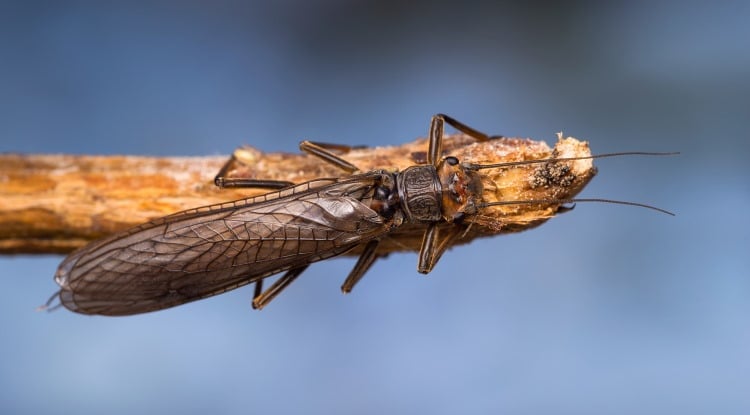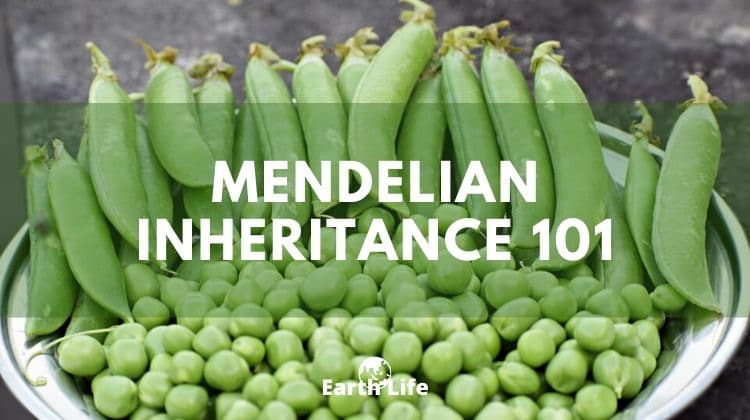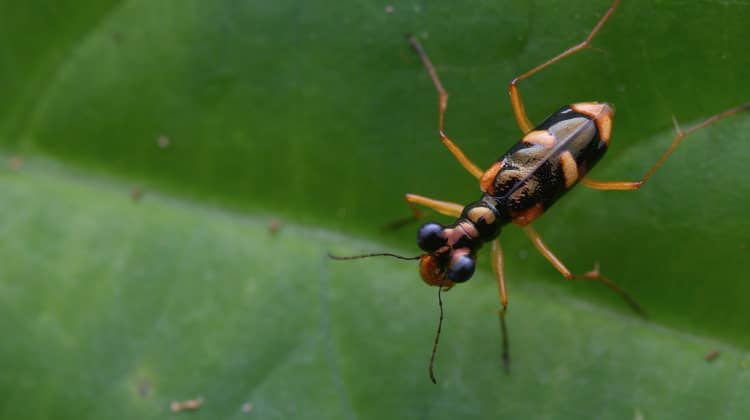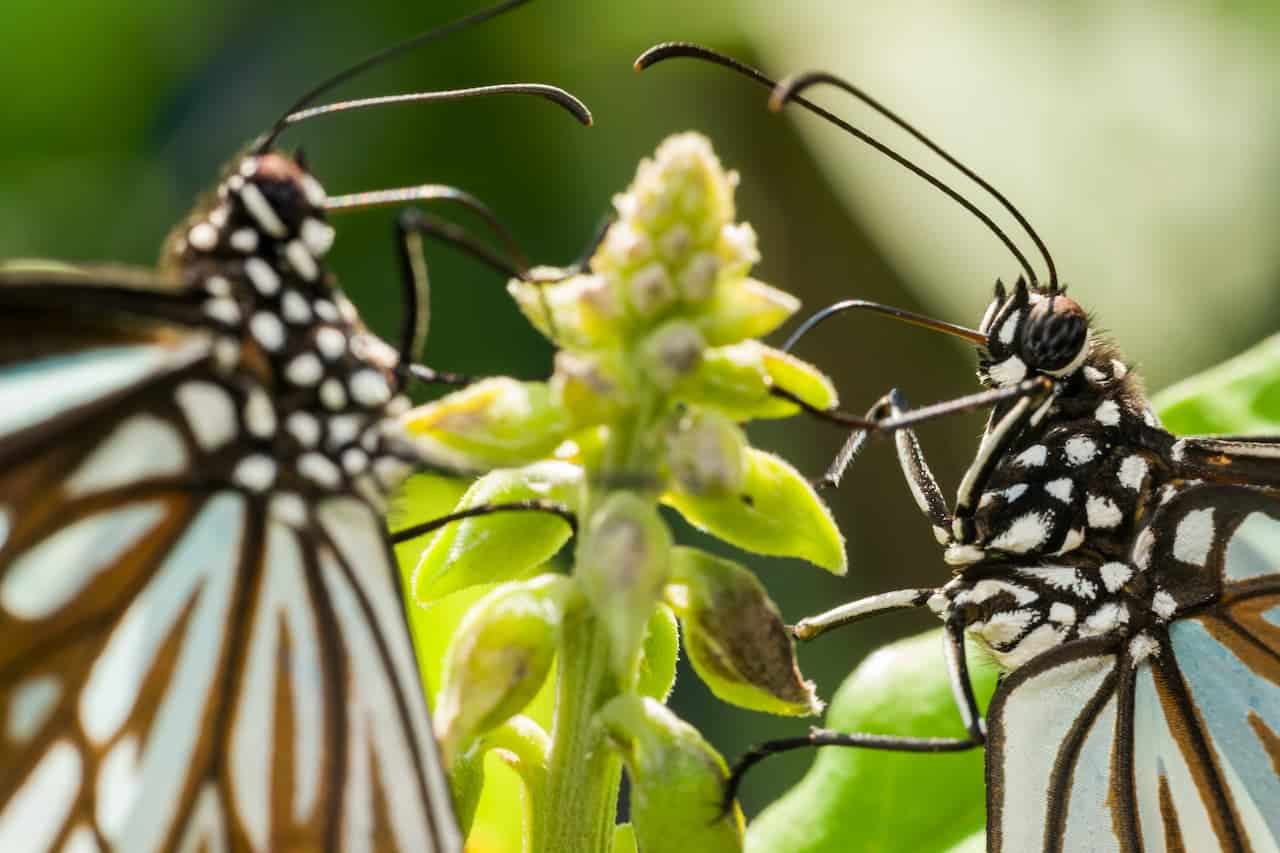Do Crickets Bite? Are They Harmful to Humans & Pets?
[modified-date]
[social-share]
An omnivorous insect with two multi-purpose jaws, crickets are capable of catching and biting through plant matter, other insects, and natural materials such as cardboard.
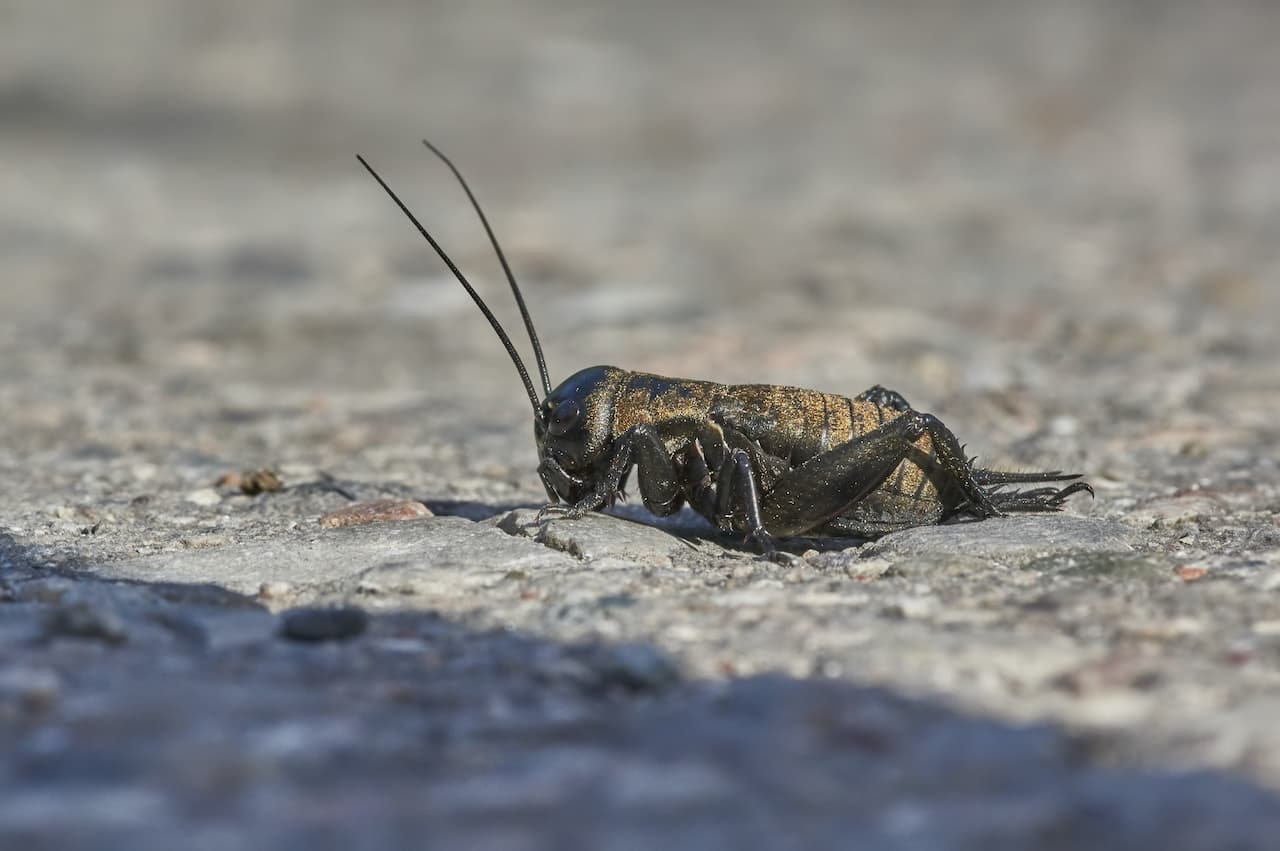
However, although they have been known to leave nasty stings, crickets don’t tend to bite humans and are not aggressive insects at all.
Can Crickets Bite?
As a means of self-defense in survival situations, crickets have been recorded to bite people. However, their jaws are not powerful enough to break through human skin; they do leave a painful sting, but that’s it.
Crickets do not carry any venom or disease. It is recommended however to sanitize your skin after handling them or on the rare occasion of being bitten.
Do Crickets Bite Humans?
As previously mentioned, crickets are omnivores. Therefore, they eat both plants and other insects. It is unsurprising that they may bite humans as they use their mouthparts and strong jaws to bite through tough vegetation or the exoskeletons of other insects.
No one should be afraid of being bitten by a cricket. Only a few species have been known to nip people and give a nasty sting but nothing more.
Most biting incidents have occurred when crickets are handled by owners or while being fed to their natural predators in captivity.
Mishandling a cricket and pressing down on its abdomen too hard is said to cause discomfort and could cause them to bite you to release your hold of them. Once handled, people’s hands should be washed immediately. The larger the cricket, the stronger the bite but this too varies. Once bitten, use an antibacterial wipe or cream to sufficiently sanitize the area bitten.
Did you Know?
Crickets live no longer than a year and have shorter lifespans when kept in captivity compared to living in the wild.
Are Crickets Dangerous to Humans or Pets?
Crickets are more harmful to human livelihood than they are to our physical health.
With over 50 recorded songs, crickets cause a great amount of noise pollution. A lot of people who struggle at night find crickets to be noisy pests.
As well as noise, if your home becomes infested with crickets, your household items run the risk of being eaten and damaged.
Similar but perhaps not the same extreme as carpet beetles, crickets enjoy eating away at natural fibers such as wool, linen, cotton, and leather clothing or furniture.
In your garden, crickets can be harmful to your much-loved plants and lawns but it depends on their numbers. Like what is recorded in the bible, a swarm of crickets will do a lot of damage to the plants in your garden or those kept inside.
As crickets eat a range of vegetation like wheat, corn, fruit, seeds, and leaves it’s not surprising that some may be seen in your garden. But, while migrating great distances confused and often tired crickets will often drop into people’s gardens or backyards.
Crickets also use gardens to lay their eggs in the humid soil, laying around 5-10 eggs at a time away from predators that may damage them.
Disease & Symptoms
To pets, crickets can be rather harmful. When wild and untreated crickets are eaten by cats or dogs, they have been recorded to make animals sick.
This is due to a parasite, Phsaloptera, that they carry. If it’s ingested it can then cause mild sickness to household pets.
Crickets are also known to carry bacteria such as E.coli and salmonella. People will usually ingest the bacteria after handling a cricket and then preparing their own food.
If your home is visited by crickets over time, they may leave their droppings around your house which can be harmful. This is because their feces contain worms that can cause eye and skin irritations.
House Crickets
Capable of surviving inside for long periods of time, it’s unsurprising where they get their names from. They are also known for their loud chirping noises caused when males rub their front wings together in order to attract females.
This particular subspecies is distantly related to grasshoppers and were introduced from Europe to the USA around 1950 as feeder insects.
More recently, as they infest more people’s homes they are avid lovers of eating the leaves of houseplants. Generally, they are indiscriminate destroyers of anything you cherish in your home.

Do Spider Crickets Bite
Although they do not have fangs, spider crickets are known to chew on their food, including human skin, with their mandibles. Usually, they use them to break down plants and other natural fabrics such as wood, cardboard, and thick furniture fabrics.
If you are to come into contact with one, this subspecies isn’t recorded to have a painful bite, it is said to just be slightly irritating on your skin.
Do Mormon Crickets Bite
Mormon crickets are not recorded to have ever bitten a human and rarely infest or swarm houses. Instead, they are known to cause a lot of damage to crops and other vegetation.
While migrating in search of other sources of protein and nutrients they move in huge swarms.
In doing so, great competition arises between crickets which has created their cannibalistic traits.
So, they are actually more harmful to each other than they are to humans and other animals.
Do Mole Crickets Bite
While mole crickets are not known to bite people often, if they are provoked or handled incorrectly, they will act defensively and bite.
They have two cerci on their back that stick up and out like stingers or talons which often gets them misidentified as poisonous pests.

Do Camel Crickets Bite
Known by several names such as cave cricket or spider cricket, camel crickets have no record of biting humans. They do however love to live in people’s homes and eat their way through various household belongings.
Their presence in a house also lures vermin like mice and rats into people’s homes creating a larger issue.

Do Jerusalem Crickets Bite
Although it doesn’t happen very often, Jerusalem crickets are known to have a painful sting if they bite you.
If left in plastic or mesh bags, their sharp jaws will penetrate through them and end up biting into human skin when being transported around or caught by accident.
Do Bush Crickets Bite
With a similar look and color to a grasshopper, bush crickets have been known to bite people.
As a popular species of cricket, bush crickets are handled a lot by people keeping them in captivity which has subsequently led to mishandling issues and the cricket acting defensively and biting.
Conclusion
When answering the question of whether crickets bite or not a simple answer would be yes. However, they are not aggressive creatures and will only bite out of self-defense and this happens very rarely.
If handled incorrectly or caught by accident you may experience a bite from one of the various subspecies of cricket but they are not poisonous and you’ll soon walk it off.
Reference List:
‘Medical and veterinary importance of grasshoppers, katydids, and crickets (Hexapoda: Orthoptera)’. Hill, J.G. and Goddard, J., 2012. Journal of the Mississippi academy of Sciences.
‘Effect of diet on body size and survival of omnivorous crickets’. Ogita, S., Tanaka, Y. and Kuriwada, T., 2021. Entomological Science.
‘Investigating crickets: Observing animal exploratory behavior’. Bowen, G.M., 2008. Science Activities,
‘Spectral niche segregation and community organization in a tropical cricket assemblage’. Schmidt, A.K., Römer, H. and Riede, K., 2013.
‘Effects of temperature and moisture on Mormon cricket reproduction with implications for responses to climate change’. Srygley, R.B., 2014. Journal of insect physiology.
`Effects of age, temperature, and previous infection on the development of Physaloptera maxillaris (Nematoda: Physalopteroidea) in field crickets (Acheta pennsylvanicus)’. Cawthorn, R.J. and Anderson, R.C., 1976. Canadian journal of zoology.
‘Investigating immune responses of the house cricket, Acheta domesticus to pathogenic Escherichia coli K1’. Reginald, K., Wong, Y.R., Shah, S.M.R., Teh, K.F., Jalin, E.J.F. and Khan, N.A., 2021. Microbes and infection.
‘Sound production and associated behavior in insects’. Alexander, R.D., 1957
‘Mormon crickets in North America’ (No. 1202). Wakeland, C.C., 1959. US Department of Agriculture.
‘The social context of cannibalism in migratory bands of the mormon cricket’. Bazazi, S., Ioannou, C.C., Simpson, S.J., Sword, G.A., Torney, C.J., Lorch, P.D. and Couzin, I.D., 2010. PloS One.
‘Pygmy mole crickets (Orthoptera: Tridactylidae) in Dominican and Burmese amber’. Poinar, G., 2018. Historical Biology.
‘Crickets (Revised 1982)’ .Heaps, J.W. and Ascerno, M.E., 1982.
‘Sösööpa—Jerusalem Cricket: An Important Insect in the Hopi Katsina Pantheon’. Stoffolano, J.G. and Wright, B., 2005.American Entomologist.
‘The captive rearing of threatened Orthoptera: a comparison of the conservation potential and practical considerations of two species’ breeding programmes at the Zoological Society of London’. Pearce-Kelly, P., Jones, R., Clarke, D., Walker, C., Atkin, P. and Cunningham, A.A., 1998. Journal of Insect Conservation.
‘Jerusalem! cricket?(Orthoptera: Stenopelmatidae: Stenopelmatus); origins of a common name’. American Weissman, D.B., 2005. Entomologist.
‘Crickets’. Leser, J.F., 1980. Leaflet/Texas Agricultural Extension Service.
Founder of Re-Educating Earthlings environmental education platform | Children’s Author | Freelance environmental writer | ‘No one can do everything, but, someone can do something’. LinkedIn Profile.
Disclaimer
Earthlife.net does not provide medical advice. We do our best to help users understand the science behind living beings; however, the content in the articles and on the website is not intended to substitute for consultation with a qualified expert. By interacting with the website and/or our email service, you agree to our disclaimer. Remember that you must consult a specialist before using any of the products or advice on the web.

